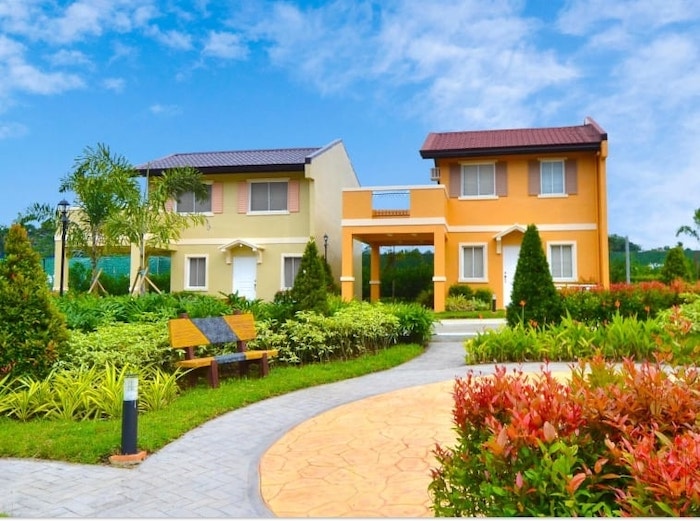
As the Philippine economy continues its upward trajectory, a significant shift is occurring in the real estate landscape. The mid-market housing sector, once overshadowed by luxury developments, affordable housing projects, and low-cost housing initiatives, is now taking center stage.
We’ll explore the economic factors, demographic shifts, and market trends that are shaping this emerging markets and what it means for developers, investors, and the Filipino middle class.
Setting the Stage for 2025: Looking into the Mid-Market Real Estate Market
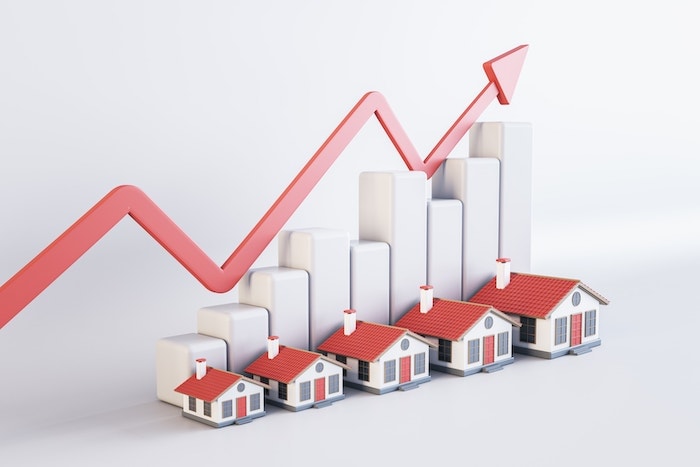
The housing Philippines sector has long been characterized by a stark divide between high-end developments and low-cost housing projects. However, recent years have seen a remarkable change in this landscape. The emergence of a robust middle class has created a new demand for housing that bridges the gap between luxury and affordability. This mid-market segment is rapidly becoming the new battleground for real estate developers and investors alike.
According to recent projections, the Philippine economy is set to grow by 6.1% in 2025, as reported by the World Bank. This economic expansion is expected to have a significant impact on the real estate market, particularly in the mid-market sector. As household incomes rise and urbanization continues, the demand for quality, affordable housing is reaching unprecedented levels.
Trends Shaping the Mid-Market Sector

The Philippines real estate market is undergoing a transformation, with the mid-market segment emerging as a key driver of growth. Unlike luxury buyers, who often seek exclusive properties in prime locations, middle-income earners are looking for homes that offer a balance of quality, affordability, and accessibility. This shift in consumer preferences is reshaping the strategies of real estate developers across the country.
One of the most notable trends is the rise of integrated communities. These developments offer not just homes, but entire ecosystems that cater to the needs of middle-class families. From schools and hospitals to shopping centers and recreational facilities, these communities provide a holistic living experience that resonates with the aspirations of the growing middle class.
Sustainability is another key factor influencing the mid-market real estate market. With increasing awareness of environmental issues, many middle-class families are seeking homes that incorporate eco-friendly features. This has led to a surge in green building practices, with developers integrating energy-efficient designs, renewable energy systems, and sustainable materials into their projects.
This evolution is characterized by a shift towards what industry experts call the “middle market real estate” sector. These properties typically range from PHP 2 million to PHP 6 million, making them accessible to a broad swath of middle-income earners while still offering modern amenities and desirable locations.
The Mid-Market Boom: Driving Forces Behind the Demand

First and foremost, as more Filipinos move up the economic ladder, their housing preferences are evolving. They’re looking for homes that reflect their improved status while remaining within their financial reach.
Another crucial factor is the government’s focus on infrastructure development. Major projects like the “Build, Build, Build” program are improving connectivity between urban centers and outlying areas. This is opening up new locations for mid-market housing developments, allowing developers to offer attractive properties at more affordable prices.
The rise of remote work, accelerated by recent global events, is also playing a role. Many middle-income earners are now seeking homes that can accommodate home offices, driving demand for slightly larger units that still fall within the mid-market price range.
Key Players Shaping the Mid-Market Landscape
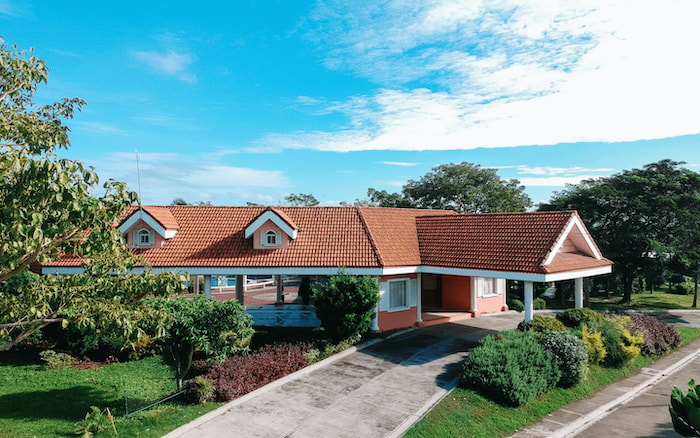
The growing demand in the mid-market sector has attracted the attention of major real estate developers. Companies like Camella Homes have been at the forefront of this trend, developing projects that cater specifically to the needs and aspirations of middle-class families. These developers are not just building houses; they’re creating communities that offer a lifestyle upgrade for their residents.
Camella Homes, for instance, has focused on creating master-planned communities that offer a range of housing options within the mid-market price range. Their projects often include amenities like clubhouses, parks, and security features that were once the domain of more upscale developments. This approach has resonated strongly with middle-income buyers looking for value beyond just the physical structure of their homes.
Other developers are following suit, recognizing the significant growth potential in this sector. The competition is driving innovation, with companies vying to offer the best combination of location, amenities, and price to attract middle-market buyers.
Implications for Developers and Investors: Navigating the Mid-Market Opportunity

The surge in demand for mid-market housing presents both opportunities and challenges for developers and investors. On one hand, the sheer size of the middle-class demographic in the Philippines offers a vast potential market. On the other, catering to this segment requires a delicate balance of quality and affordability that can be challenging to achieve.
For developers, success in the mid-market sector often hinges on efficient land acquisition and development strategies. Many are looking beyond traditional urban centers to emerging areas where land costs are lower, allowing them to offer attractive prices while still maintaining healthy margins. This approach aligns with the government’s efforts to decentralize development and create new growth centers outside of congested metropolitan areas.
Investors, particularly those in the capital markets, are taking note of the mid-market sector’s potential. The stable demand and relatively quick turnover of mid-market properties make them an attractive investment option.
Future Outlook: Sustainable Growth and Market Evolution

As we look towards 2025, the outlook for mid-market housing in the Philippines remains overwhelmingly positive. The sector is expected to continue its growth trajectory, supported by favorable economic conditions and demographic trends.
As environmental concerns become more pressing, developers who can offer eco-friendly features without significantly impacting affordability are likely to gain a competitive edge. This could lead to innovations in construction techniques and materials, as well as the integration of smart home technologies that promote energy efficiency.
The impact of Philippine offshore gaming operators (POGOs) on the real estate market is another factor to watch. While POGOs have driven demand in certain segments of the market, their long-term influence on the mid-market sector remains to be seen. Developers and investors will need to stay attuned to regulatory changes and market shifts related to this industry.
Conclusion
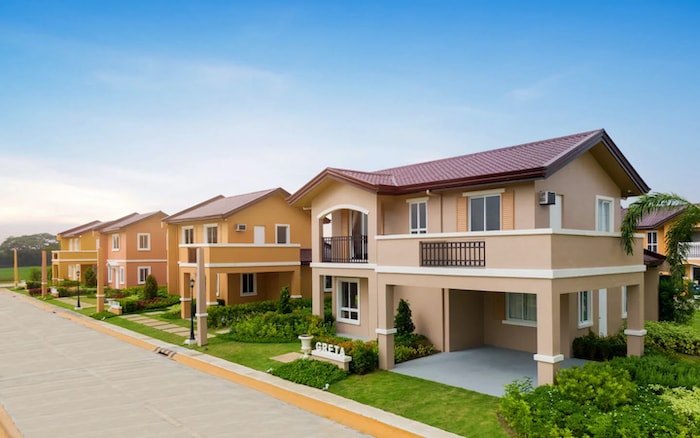
In conclusion, the growing demand for mid-market housing in the Philippines represents a significant opportunity for the real estate sector. As the country’s gross domestic product continues to grow and the middle class expands, the need for quality, affordable housing will only increase.
The mid-market housing sector is not just about providing homes; it’s about supporting the aspirations of millions of Filipino families and contributing to the nation’s sustainable economic growth.
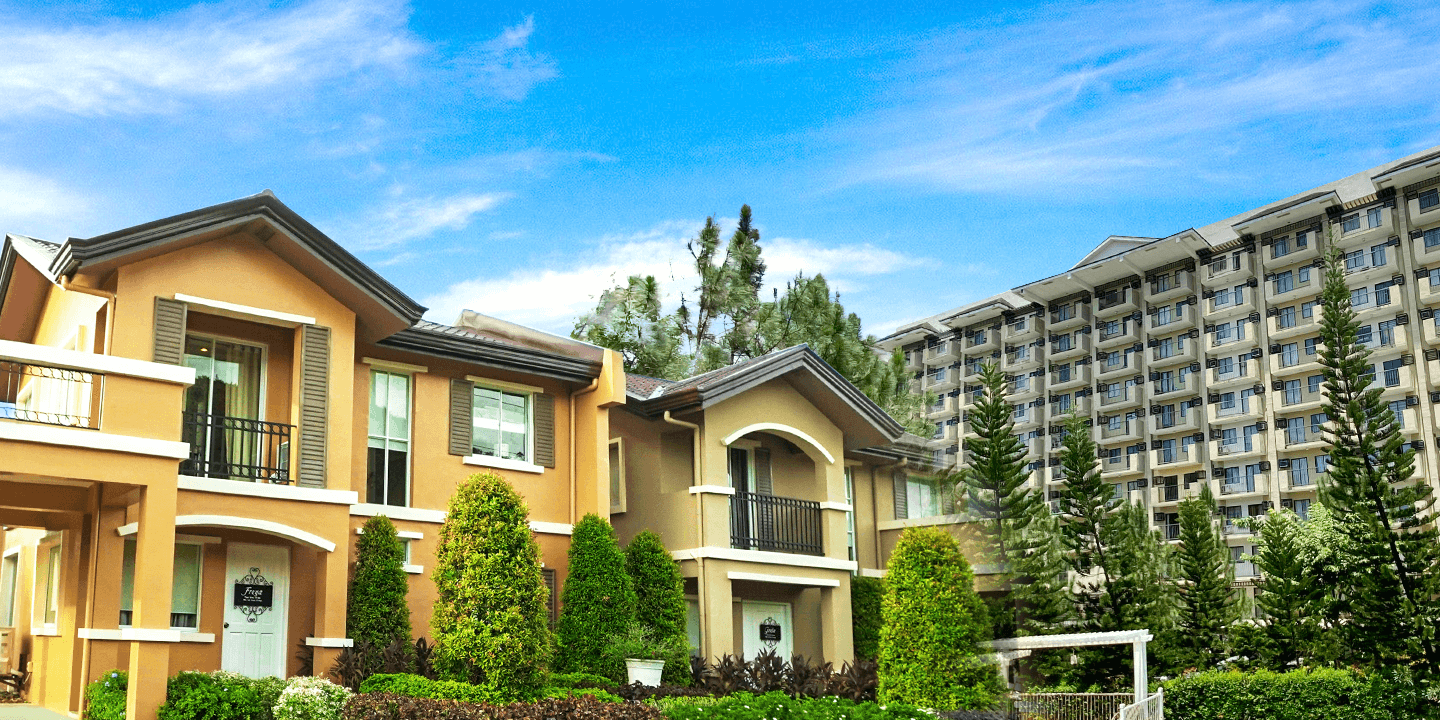
Celebrate Life’s Milestones in Camella!
House and Lot & Condominium for Sale in the Philippines


